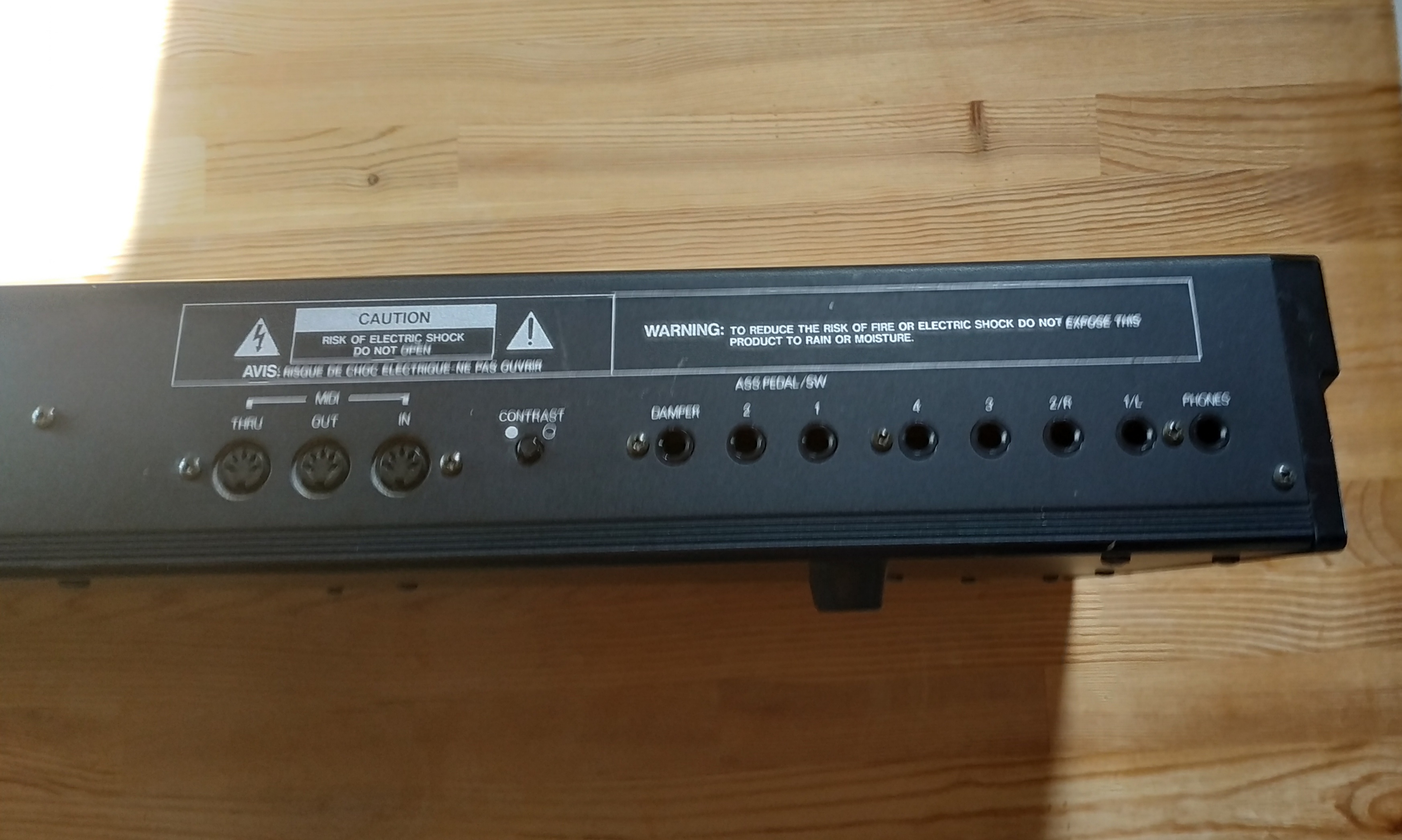

SRALLRAM contains all the SR's preset data - all three RAM banks (identical to FACTORY + EX_RAM3), and the multi setup data. The AD_RAM3 contains the WS A/D's RAM3 presets - these are identical to the EX_RAM3 bank apart from a few performances at the end, which were designed to showcase the WS A/D's external inputs. The EX_RAM3 bank contains the additional bank of sounds supplied with the WS EX (on an additional card). The FACTORY bank contains the original RAM1 and RAM2 presets. A few software developers have adopted limited variations on wavesequencing, and Korg themselves offer a virtual version, even going so far as to add - at long last - that resonant filter.For more information please see attached files.Ī bank for Programs created by Ben Hall. Korg released a couple of rack-mounted variants and two versions of the keyboard, but only belatedly revived the technology in its recent workstations. Strangely, popular as it was, the Wavestation was never really given a proper follow-up. Judging by its presence on countless soundtracks and advertisements, many users seemed unable to navigate beyond the first preset sound. Those who invested the time were rewarded with sounds that were impossible to achieve elsewhere, but few did. Mind you, analogue synthesis had, at the time, been declared dead, and Korg were not alone in eschewing the resonant filter in favour of an unashamedly digital signal path.Īnother problem was that programming your own wavesequences required a lot of patience. You could fake it using an effects patch, but the voice filters themselves were little more than high-frequency shelving EQs, though there was a built-in exciter to spice things up. Yet the Wavestation was not without its shortcomings, not least being the lack of filter resonance. When Sequential called it a day, some of its boffins took up residence at Korg, bringing with them the still-viable technology of the VS, supercharged and stuffed into the Wavestation's sleek black frame. It was to the latter that the Wavestation bore the keenest resemblance, sharing with it a powerful vector synthesis technique that allowed multiple oscillators to be blended over time via the use of a joystick.

The Wavestation rose from the ashes of Sequential Circuits - the company behind many a classic instrument, including the Prophet-5 and the Prophet VS vector synthesiser.

Other such synths of the day were pitched as preset playback devices, but this… this was different. No nylon string guitars or grand pianos here, thank you. Sure, it was packed with samples, but in its initial version, those samples tended toward innovation rather than imitation. Released in the early 90s heyday of (often generic) sample-based hardware ROMplers, it offered a decidedly distinctive sound.


 0 kommentar(er)
0 kommentar(er)
